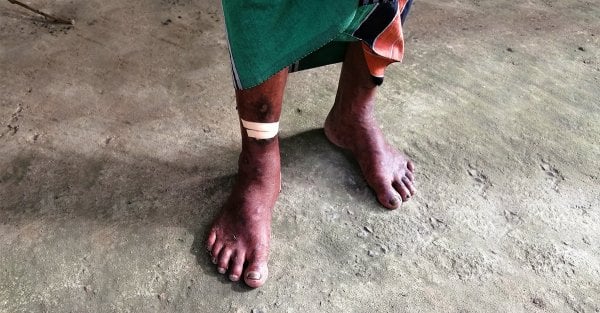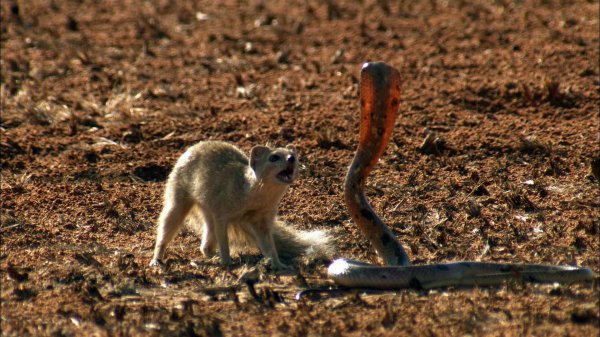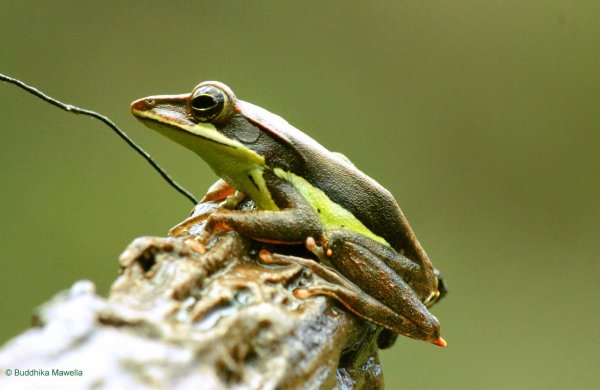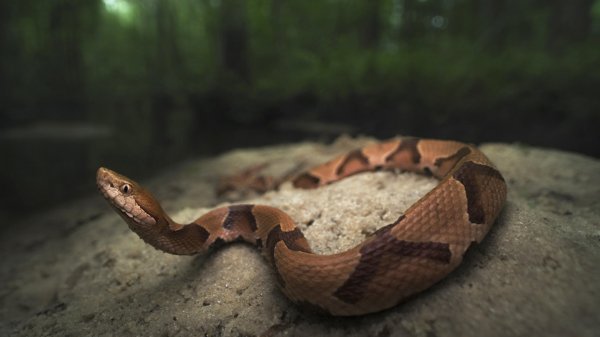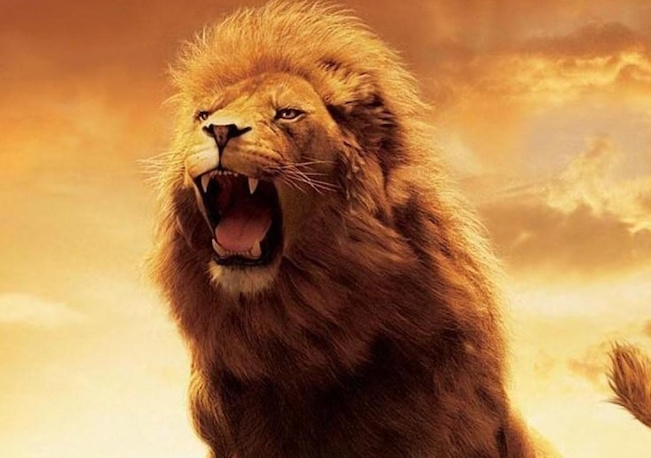
Although relatively unknown, there is a very great possibility that our land was once home to big cats aside from the present day leopards – specifically, lions and tigers, and not just the ones depicted in ancient art and architecture.
Archaeologists in Sri Lanka have dug up a number of interesting finds over the decades, one of the most popular being the skeletal fragments and cultural remains of the Balangoda Man. Apart from this, among the most interesting discoveries are perhaps the fossils of prehistoric mammals, including big cats.
According to Kelum Manamendra-Arachchi, one of the country’s leading experts in zoo archaeology and palaeontology, many of the mammal fossils were found in the Ratnapura district, and these findings, specially named ‘Ratnapura fauna’, refer to fossils mostly found embedded in gem gravels, locally known as ‘illama’. These fossils can be found anywhere between 4 metres to 12 metres below ground, or sometimes even as deep as 35 metres under.
The Ceylon Lion
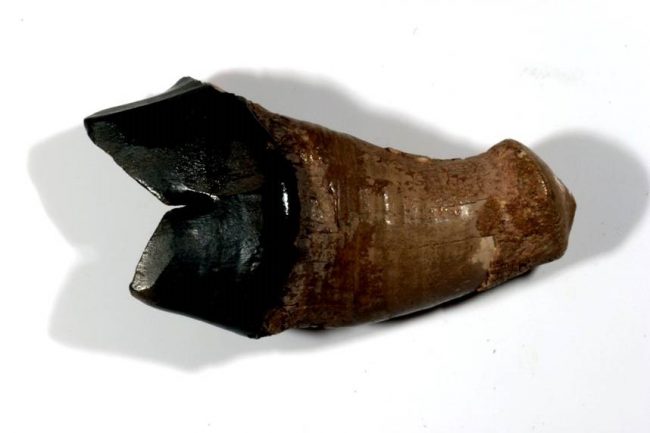
Left lower molar of Panthera leo sinhaleyus – the one fossil that points to the existence of the Ceylon lion. Image courtesy Kelum Manamendra-Arachchi
The existence of lions in Sri Lanka in prehistoric times was regarded a possibility when, in the 1930s, two fossils were unearthed that appeared to support this idea. Unfortunately, this is the only existing record of a Pleistocene lion.
In 1936, two teeth were discovered in Kuruwita in the Ratnapura district, and later recorded by renowned archaeologist at the time, P.E.P. Deraniyagala, as belonging to a lion subspecies endemic to Sri Lanka: the Panthera leo sinhaleyus, or ‘Ceylon lion’.
According to an academic paper co-authored by Manamendra-Arachchi, the fossils were identified as a left lower molar, and a right lower canine. It was the former that helped identify and establish the distinct subspecies, Panthera leo sinhaleyus, since the latter specimen was considered to be “in too poor condition to facilitate diagnosis.”
Despite Deraniyagala attributing the fossils to a distinct subspecies, there has unfortunately been insufficient information to describe how this one may have differed from other subspecies. Experts assume that the fossils may be up to 100,000 years old, and that Panthera leo sinhaleyus appears to have gone extinct “prior to the arrival of culturally modern humans.”
Prehistoric Tigers
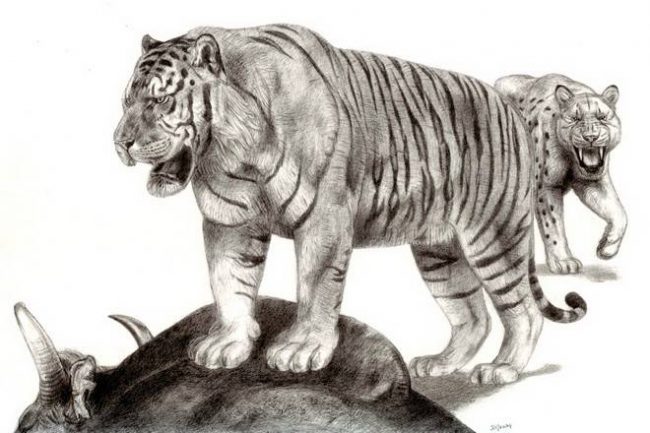
An artist’s depiction of a prehistoric giant tiger. Image courtesy petsme.org
Unlike in the case of the lion, more comprehensive studies are available on the possible existence of a prehistoric tiger in Sri Lanka, thanks to the availability of more fossil specimens to go by.
The existence of Panthera tigris has been supported by the discovery of nine fossils and subfossils. However, radiocarbon dates are only available for four of these fossils, which place the tiger’s existence at around 14,000 to 17,000 years ago ‒ which means the tigers roamed our country for long after the Ceylon lion is believed to have gone extinct. In fact, according to Kelum Manamendra-Arachchi, the discovery of tiger fossils in the same areas as the ‘kitchen midden’ of the Balangoda man, suggests that not only would these tigers have existed around the same time, but may have even have been hunted for food.
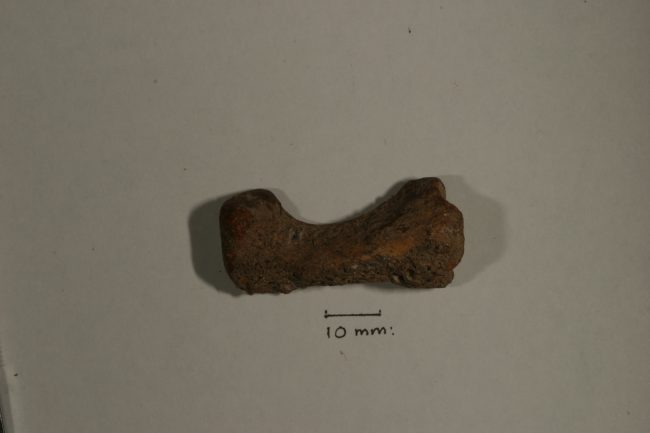
Right middle phalanx of the now extinct tiger, found at the Batadomba lena. Image courtesy Kelum Manamendra-Arachchi
Many of these fossils were discovered in Kuruwita, in the Ratnapura district. Here’s a breakdown of the tiger fossils according to when and where they were discovered:
- A lower left first molar tooth (fossil), discovered by P. E. P. Deraniyagala in 1963
- A complete middle phalanx, a fragment of distal phalanx, a fragment of proximal phalanx, and a fragment of an upper premolar tooth found in the Batadomba cave (‘Batadomba lena’) in Kuruwita, in 1982
- A complete right astragalus and a fragment of distal phalanx, found in the Fa-Hien Cave in Bulatsinhala (Kalutara District), in 2009
- A fragment of distal phalanx and a premolar tooth found in Potgul Lena in Alavala (Gampaha District), between December 2008 to May 2009
What Else Do These Fossils Tell Us?

Although Sri Lanka has many, many traditional depictions of lions, these don’t have any connection to the prehistoric species believed to have once existed. Image courtesy: hitchhikersguidetosrilanka.wordpress.com
One of the most pertinent concerns is, of course, what caused the extinction of these big cats. This is a difficult question to answer, said Manamendra-Arachchi, although he added that changes in, and loss of, habitat could be a key factor, as well as possible hunting by other animals. He explained that both the lion and the tiger required very specific habitats, especially the lion, which is an open grassland species.
Experts have noted, “The lions therefore appear to have been victims of the advancing rainforests and dense monsoon forests that accompanied the pluvial phase that saw the advent of the tiger in Sri Lanka. While the Kuruwita and Ratnapura fossils show that lions and tigers were sympatric in this area, however, there is no evidence to suggest they were syntopic [sharing the same habitat at the same time].”
Since the tiger is often associated with rainforest habitat, the discovery of tiger fossils in the Ratnapura district has led experts to believe that what is today considered the ‘dry zone’ in Sri Lanka, may actually, hundreds and thousands of years ago, have been rainforest area.
The discovery of many other fossil specimens in the same area over the years, has also indicated the existence of other mammals, including two species of rhinoceros, a hippopotamus, and two species of elephant, in prehistoric times. Given that these animals today live in relatively dry habitats, Manamendra-Arachchi believes these specimens may have roamed Sri Lanka closer to the time of Panthera leo sinhaleyus, which also required a dry habitat.
Finally, is there any connection between the pre-historic Ceylon lion and the many depictions of lions found in ancient Sri Lankan art, architecture, and folklore? Given that the fossils unearthed have placed the animal’s existence at a time long before human civilisation, this is highly unlikely, says Manamendra-Arachchi, adding that the depictions of lions here were very likely by artists and sculptors who, in all likelihood, had never set eyes on the animal themselves.
Featured image courtesy spyderonlines.com

